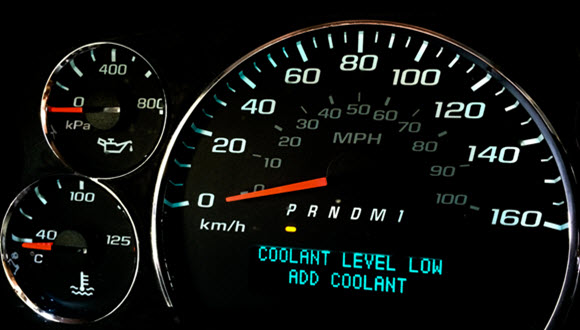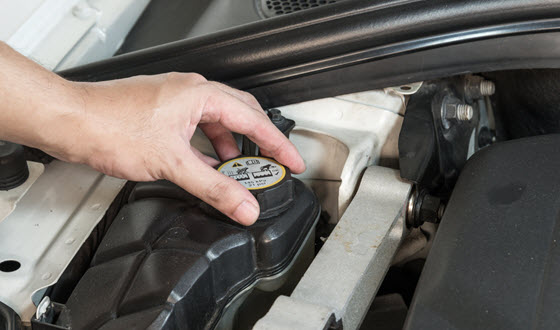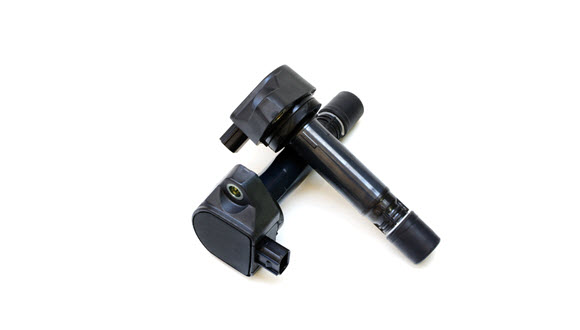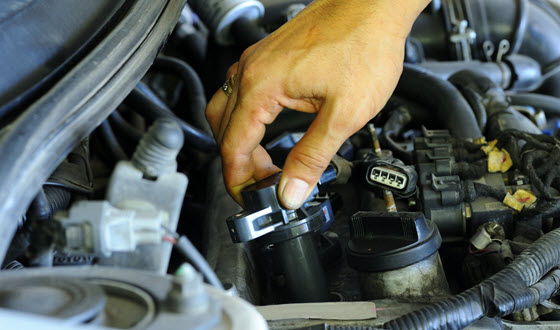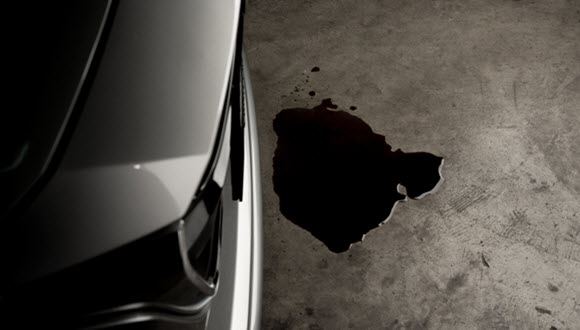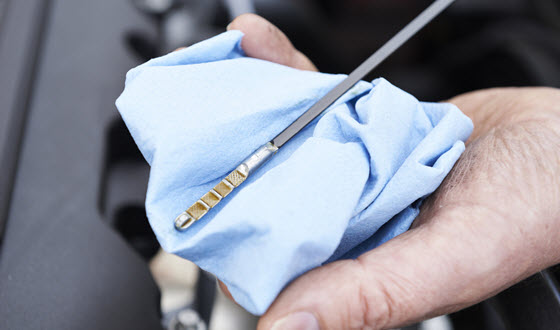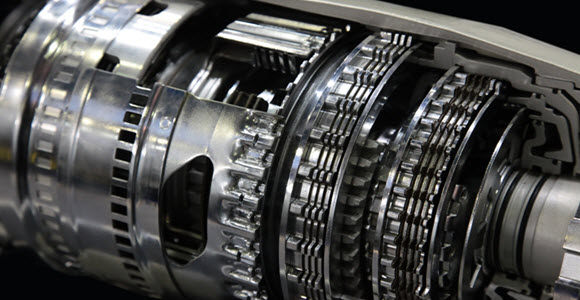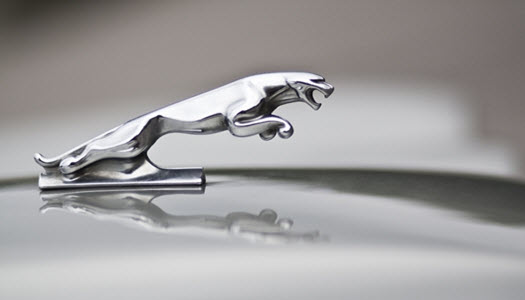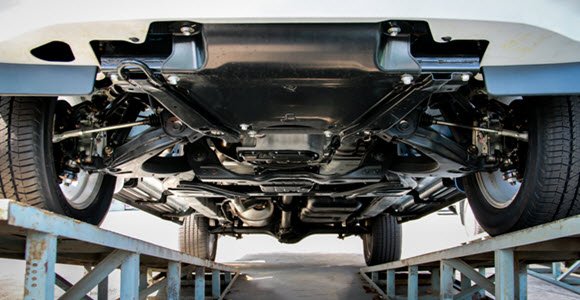Dallas’ Best Garage to Resolve a Jaguar’s Thermostat Housing Failure
Posted on | 10 Oct 2023 By Anita Gaal
Have you ever considered how a seemingly small component like a thermostat housing can set off a chain reaction in the engine and affect the performance of your Jaguar? To understand the extent of the situation, it’s important to first understand what the thermostat housing does in your Jaguar.
Essentially, the thermostat is a valve that regulates the flow of coolant through the engine. It stays closed when the engine is cold, allowing it to heat up quickly, and then gradually opens to let coolant circulate and maintain a stable operating temperature. The thermostat housing is the casing that houses this valve and provides a connection between the thermostat and the engine block.
Jaguar cars and SUVs are known for their high-performance engines and luxurious designs. They have also been plagued by thermostat housing failures. This failure often occurs due to a combination of factors, including the materials used in manufacturing, design flaws, and the challenging conditions that an engine bay can subject these components to.
Effect of Thermostat Housing Failure
When the thermostat housing fails, it can trigger other issues in the engine and other car parts. Here’s how it works:
- Engine Overheating: A malfunctioning thermostat may get stuck in either the closed or open position. If it’s stuck closed, coolant circulation is restricted, leading to overheating as the engine isn’t adequately cooled. Conversely, if it’s stuck open, the engine may struggle to reach its optimal operating temperature, causing decreased fuel efficiency and increased wear.
- Coolant Leaks: The thermostat housing is subjected to high temperatures and pressure, causing it to degrade over time. This can result in cracks or fractures, leading to coolant leaks. Coolant is essential for maintaining the right temperature, and any leaks can disrupt this delicate balance.
- Internal Engine Damage: Overheating due to thermostat failure can result in severe internal engine damage. This includes warped cylinder heads, blown head gaskets, and even damage to the pistons and cylinders. These repairs are not only expensive but can also lead to extended downtime for your Jaguar.
- Reduced Performance and Efficiency: Even if the engine doesn’t suffer catastrophic damage, running at incorrect temperatures can lead to reduced performance and fuel efficiency. Modern engines are designed to operate within specific temperature ranges for optimal combustion and power delivery. Deviating from these ranges can result in compromised performance.
Addressing Thermostat Housing Failure
Given the potential effect of thermostat housing failure, addressing the issue promptly is of paramount importance. Here are some steps you can take:
- Coolant Flush: Follow the manufacturer’s recommended maintenance schedule for coolant flushes. This helps keep the coolant system clean and reduces the chances of corrosion that can lead to leaks.
- Quality Replacement Parts: If your thermostat housing needs replacement, opt for high-quality parts. OEM (Original Equipment Manufacturer) or reputable aftermarket parts can ensure longevity and reliability.
- Regular Maintenance Checks: Regularly inspect your vehicle for any signs of coolant leaks or unusual fluctuations in the temperature gauge. Catching the problem early can prevent extensive damage.
While DIY might be tempting, it’s advisable to have thermostat housing replacement done by a certified mechanic. They have the expertise to handle the intricate components and can ensure the repair is done correctly. If you suspect thermostat housing failure, have a comprehensive inspection done.
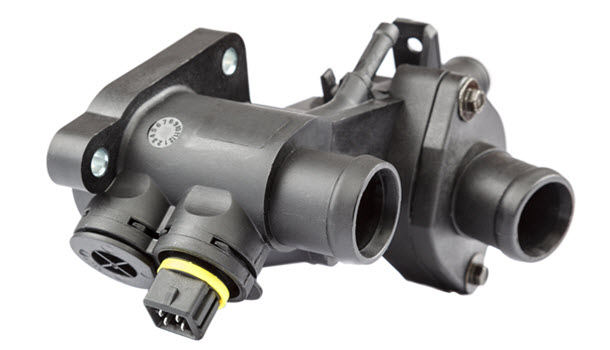
Unrivaled Expertise In Fixing Jaguar Thermostat Housing Issues
At Euro Automotive, we understand the intricate nature of Jaguar vehicles and the importance of every component within them. If you find yourself grappling with thermostat housing failure or any related issues, our team of Jaguar experts is here to assist you. Serving drivers from Dallas, Garland, Arlington, and Fort Worth, TX, we’re dedicated to resolving all the underlying causes of thermostat housing failure and ensuring that your Jaguar runs smoothly once more.
One of the pillars of our service is a comprehensive inspection. When you bring your Jaguar to us for thermostat housing issues, we don’t just address the immediate concern. Our experts perform a thorough evaluation to identify any potential related issues or underlying causes. It’s this attention to detail that allows us to not only fix the problem at hand but also prevent potential future complications.
Don’t let a seemingly small problem derail your driving experience. Book an appointment with us today, and let us help you keep your high-performance vehicle running at its peak.






